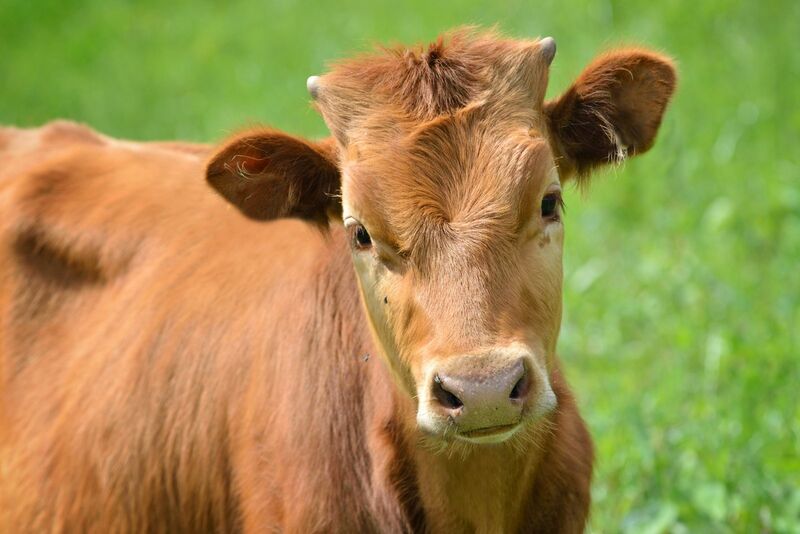
The annual grilling season lasts from the Memorial Day weekend, ushering in the start of summer, through the Labor Day weekend, when the fall begins. Barbecues are now coming out of storage, and soon, the aroma of sizzling burgers, steaks, sausage, hot dogs, and other grilling favorites will fill the summer air.
In an April 3, Barchart article recapping the price action in the meat sector in Q1 2024, I wrote:
Animal proteins were the second-leading sector of the commodities market in Q1 2024, posting an over 19% gain. As the markets move into the 2024 peak grilling season, the odds favor higher highs over the coming months.
On April 3, June live cattle futures were at the $1.7470 per pound level, with the August feeders at $2.5245. June lean hogs were trading at 95.175 per pound. In mid-May, the prices were slightly higher, but they are not running away on the upside as the 2024 grilling season prepares to begin.
Live cattle prices have turned higher and remain near record territory
The continuous live cattle futures contracted reached a record $1.90275 per pound high in March 2024.

The chart dating back to the early 1970s shows the bullish trend since the pandemic-inspired April 2020 81.45 cents per pound low.

The six-month chart of June 2024 live cattle futures illustrates the 8.8% correction from the mid-March 2024 $1.86625 high to the mid-April $1.7025 low. Over the past month, live cattle futures for June delivery have recovered, making higher lows and higher highs and were near the midpoint of the trading range with prices not far below the record high.
Feeder cattle are also near all-time highs
The continuous feeder cattle futures contracted reached a record $2.57500 per pound high in September 2023.

The chart dating back to the early 1970s shows the bullish trend since the pandemic-inspired April 2020 $1.03950 per pound low.

The six-month chart of August 2024 feeder cattle futures illustrates the 10.6% correction from the February 2024 $2.72200 high to the mid-April $2.43275 low. Over the past month, live cattle futures for June delivery have recovered, but were below the midpoint of the trading range with prices not far below the record continuous contract high.
Hogs are choppy- $1 per pound is the critical level
Lean hog futures experience significant seasonal volatility.

The chart dating back to the early 1970s shows lean hog futures fell to an eighteen-year 37.0 cents per pound low in April 2020. While the continuous lean hog futures contract recovered and traded above the $1.20 level in June 2021 and August 2022, the price did not approach the record July 2014 $1.3380 high.

The six-month June lean hog futures chart shows the seasonal rally that took the price 25.2% higher from 87.55 cents in early January 2024 to $1.0965 per pound on April 10, 2024. At the 98.800 cents level, June lean hog futures were around the midpoint as the 2024 grilling season approaches.
Seasonality and inflation favor higher prices
Over the coming months, beef and pork consumption will increase. Many cattle and hogs that processors will deliver to markets over the coming weeks have increased production costs due to seasonality. However, it's important to note that inflationary pressures, which remain above the Fed’s 2% target, are also increasing the costs of raising, processing, and delivering the meats to consumer markets. Additionally, growing regulatory restrictions, such as those related to animal welfare and environmental sustainability, have contributed to higher prices. These factors, along with others like global trade policies and weather conditions, are key influencers of meat prices.
Cattle prices are near historical highs, and hog prices just below the $1 per pound level likely have limited downside risks over the coming weeks as the 2024 grilling season gets underway.
The USDA increased price forecasts in the April WASDE report
The USDA’s monthly World Agricultural Supply and Demand Estimates Report is the gold standard for supply and demand information on the markets that feed the world. The April WASDE report told the meat markets:
Cattle prices are raised for the year based on recent data and expected strength in demand. Hog prices are also raised based on reported data and stronger-than-expected demand.
While seasonality caused the USDA to increase its price forecasts in April, rising demand and inflationary pressures contributed to the bullish forecast. The May WASDE report that came out on May 10 increased cattle price forecasts for 2025 but lowered hog price expectations.
Expect meat prices to remain high over the coming weeks and months, with the next correction coming after Labor Day in early September when the peak demand season ends.
On the date of publication, Andrew Hecht did not have (either directly or indirectly) positions in any of the securities mentioned in this article. All information and data in this article is solely for informational purposes. For more information please view the Barchart Disclosure Policy here.






